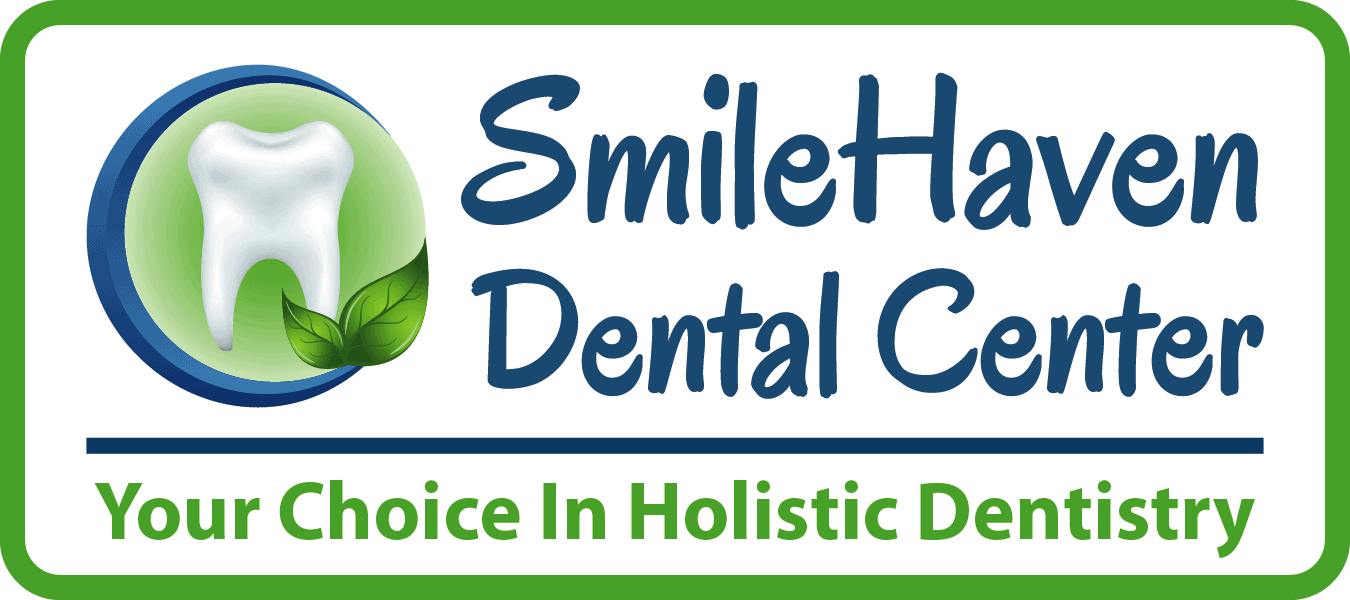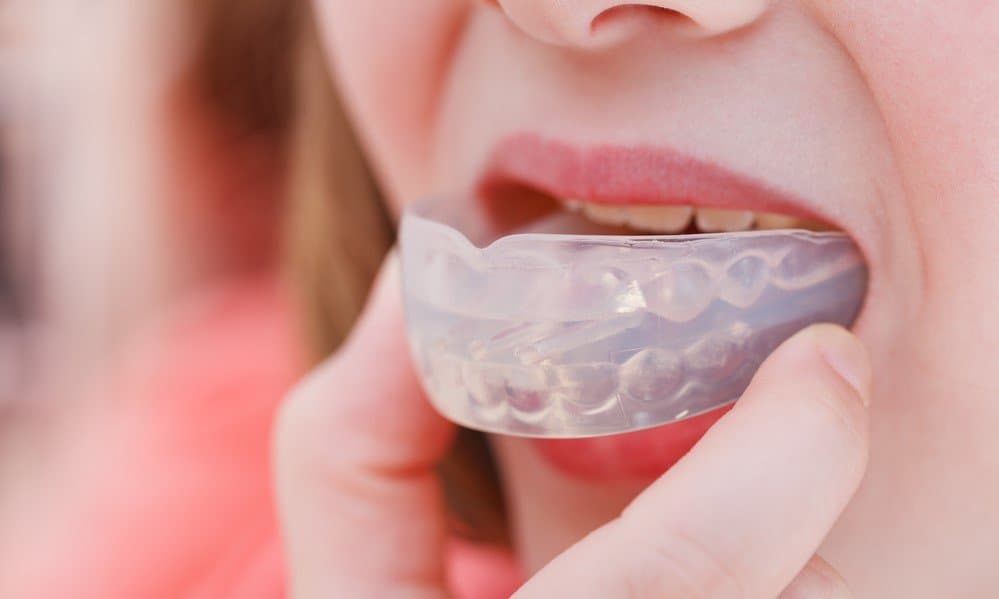In this day and age when sports is so popular and has been fast becoming people’s favorite past time activity, whether one participates in it or just being a spectator, cheerer, directly or indirectly, celebrating sweet victory or experiencing the agony of defeat, we often witness accidents resulting in injury to the face. Some sports are more risky than others in that it is safe to assume that all contact sports can be very dangerous. Health clubs and gymnasium attendance is on the rise due to more children and adult participation in events where the probability of trauma is apparent. People in general are not aware of how many of these sports can cause real damage to one’s face when inflicted accidentally or intentionally. The mouth is the focus here because this is where the teeth are located. Imagine having your teeth getting knocked off! Teeth you have been taking very good care of? Teeth you have spent a fortune on and have spent countless time trying to keep them clean and cavity free. The smile that defines you as the unique individual that you are and taking pride of its ownership. Perhaps it is the smile that belongs to your sweet child that it wouldn’t be the same without those teeth beaming at you? You get the picture.
So how do we protect this smile without giving up all these physically demanding sports and activities? Well, general dentists are now being asked about their opinions on prevention of athletic injuries. Since the inception of the Academy for Sports Dentistry in the United States (responsible for providing insight on trauma treatment and prevention), a more viable and responsible solution for orofacial trauma prevention has been introduced. In the past, our patients would feel comfortable going to local sporting goods store to get their dentistry in the form of a mouthguard. This is no longer the case as the population becomes more educated on injury prevention and the availability of proven methods of prevention. The use and acceptance of preventive mouthguards is gaining on the general dentist’s list of priorities today. However, there is still a significant number of dentists who do not provide this service. An important issue to consider on identifying and managing is parental perceptions of mouthguards. How do they overcome objections of cost, custom made versus store bought, vacuum versus pressure and availability? Patient education is essential to the success of trauma prevention. The dental hygienist may play a critical role in this education during routine periodontal treatment.
There are basically three types of athletic mouthguards presently available, all significantly different in fit, comfort and acceptance. Type I is the stock mouthguard available at sporting goods stores – which are the least desirable and acceptable. There is no attempt at fit. It is simply a remove from package and place in mouth kind of thing. Type II refers to the common Boil and Bite Mouthguard. These are also mostly store bought types of mouthguard with a little attempt at fitting by heating up (via boiling) the material and then try to mold it into the mouth. The uneven distribution of material and instability does not lend itself to proper fit and protection. The Type III mouthguard is of course, the custom made mouthguard. It is reported that many occurrences of injuries comes from wearing the Type I and Type II variety of mouthguards. A mouthguard will not be as protective if it does not fit properly. When it comes to mouthguards, the better the fit, the better the protection, acceptance and compliance. The internal adaptation of the Type III appliance makes all the difference. The role of the dentist is to determine the thickness of the mouthguard needed for the type of sport it will be used for, age of the athlete and history of trauma. The custom made mouthguard’s precise fit tends to be less bulky and more retentive in the mouth which increases the compliance of wearing it by the athlete as compared to the bulkiness and lack of retention of the store bought kind.
For questions, please call 619-464-2801 for an appointment. We are located on 4700 Spring St., Suite 210, La Mesa, Ca. 91941.


I’m still learning from you, but I’m improving myself. I absolutely liked reading all that is written on your blog.Keep the posts coming. I liked it!